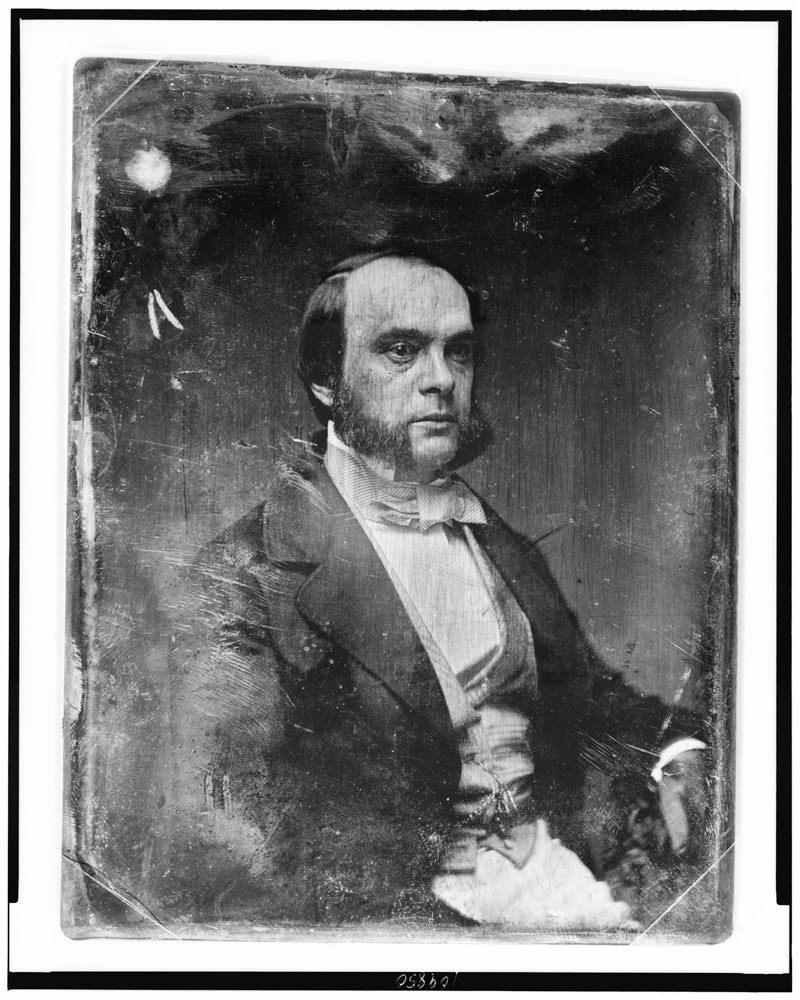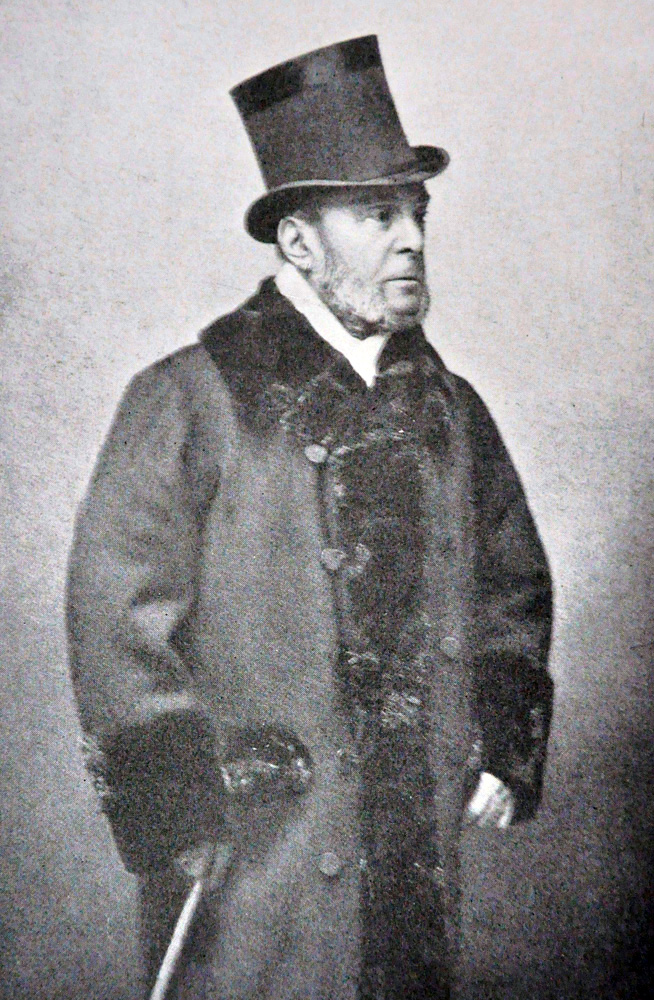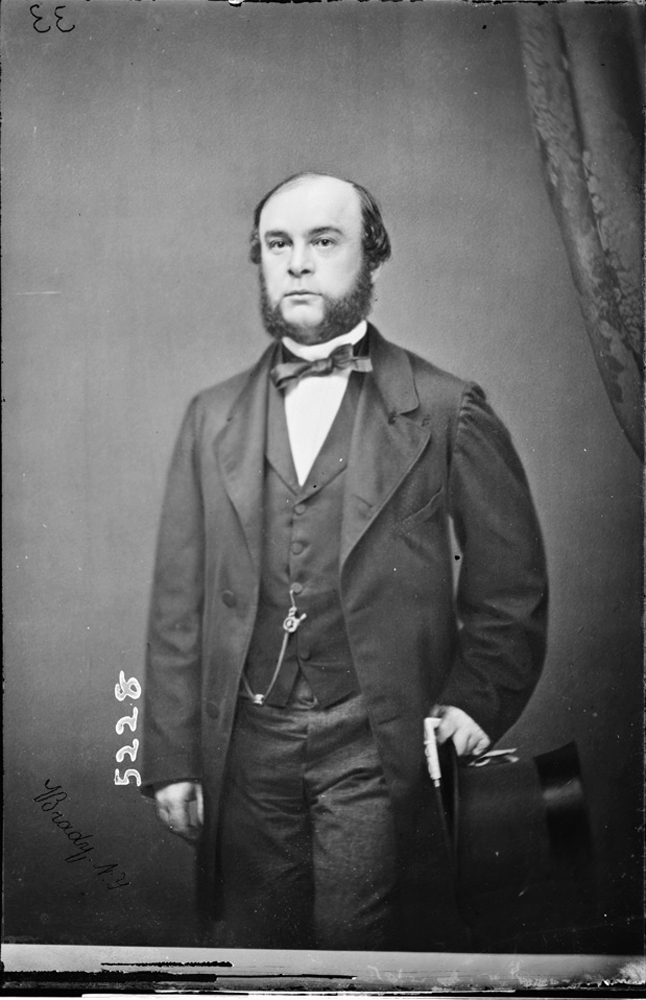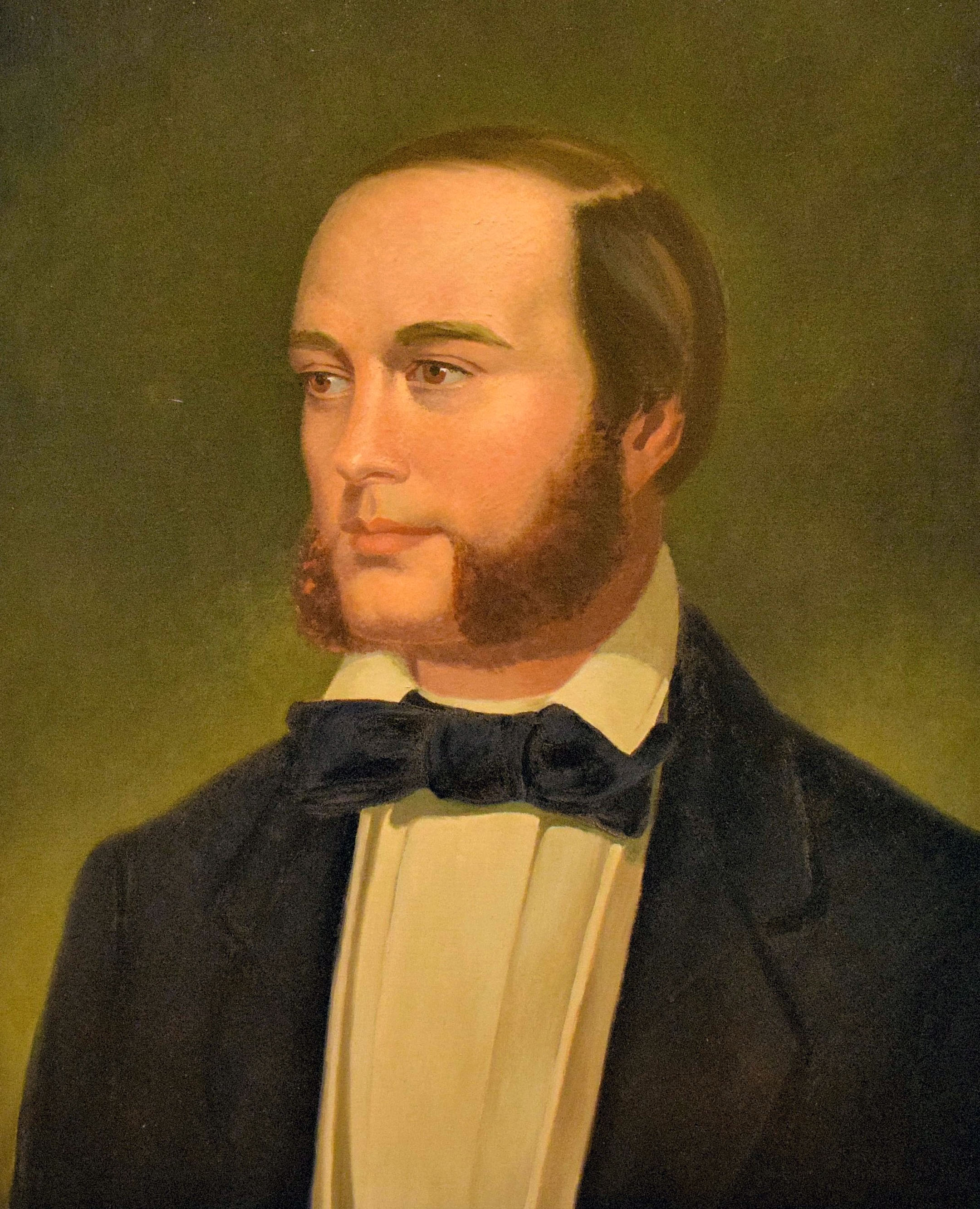August Belmont I
August Belmont proved to be a most important benefactor to thoroughbred racing during an era when the sport was at a crossroads in America. In the aftermath of the Civil War, racing and breeding was in a desperate struggle to find its footing when Belmont entered the picture. Throughout a critical time in the sport’s history, Belmont served the game with distinction as an owner, breeder, and influential leader, leaving behind a prominent legacy.
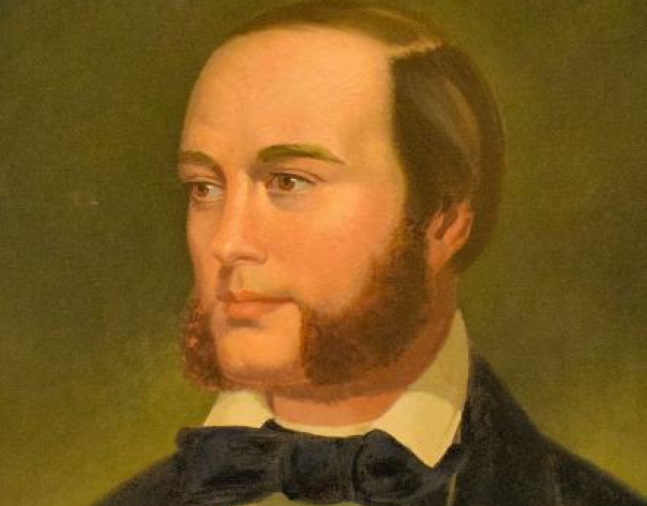
2018
Dec. 8, 1813, Alzey, Germany
Nov. 24, 1890, New York City, New York
Biography
August Belmont proved to be a most important benefactor to thoroughbred racing during an era when the sport was at a crossroads in America. In the aftermath of the Civil War, racing and breeding was in a desperate struggle to find its footing when Belmont entered the picture. Throughout a critical time in the sport’s history, Belmont served the game with distinction as an owner, breeder, and influential leader, leaving behind a prominent legacy.
Born in Alzey, Germany, on Dec. 8, 1813, Belmont was sent to America as a representative of the powerful Rothschild banking firm and arrived in New York City during the financial crisis known as the Panic of 1837. Backed by the Rothschilds, Belmont immediately opened an investment firm, August Belmont & Co. The business became a major personal success and stabilized the international financial interests of the German-based Rothschilds.
Belmont’s connections with the Rothschilds and his polished European style gained him acceptance into New York high society. He entered the political arena as consul-general for the old Austrian Empire in 1844, serving in that post until 1849 when his sympathies for Hungary led to his resignation. He then became the U.S. Minister to the Netherlands and eventually the Democratic National Committee’s chairman from 1860 through 1872. Using his considerable financial and political influence, Belmont quietly played an important role in helping the Union during the Civil War, working behind the scenes to keep England and France from providing any aid to the Confederacy.
Following the war, Belmont was introduced to racing by Leonard Jerome, a wealthy financier who was conceiving a grand racetrack in New York City. Jerome, who was known as “The King of Wall Street,” convinced Belmont to become one of the first incorporators of the American Jockey Club in February of 1866. The track, which was named Jerome Park, opened that fall and Belmont became its first president. Belmont became enamored with racing and sought more than an executive role. Desiring a closer connection to the turf, he won his first race as an owner, fittingly at Jerome Park, with Maid of Honor in October of 1866. Belmont’s silks of maroon and scarlet sash quickly became among the most recognizable in the sport.
In 1867, Belmont began his breeding operation by purchasing several broodmares and around 1,000 acres on Long Island, near Babylon, about 35 miles from New York City. He named it Nursery Stud. Shortly after, Belmont purchased his first good horse, Glenelg, for $2,000. Glenelg was the best 3-year-old of 1869, winning the Travers and Jerome. That same year, at Jerome Park, Belmont’s colt Fenian won the third running of the Belmont Stakes, named in Belmont’s honor.
Until his Nursery Stud foals began coming to the races, Belmont bought most of his good horses. In July of 1870, he purchased Kingfisher, who had already won the Belmont and Travers that year. For his new owner, Kingfisher won the Annual and Champion stakes. That same year, Belmont was one of the six original founders of the Long Branch Racetrack in New Jersey, which was later renamed Monmouth Park.
Belmont was also partners in the successful Annieswood Stable with William Travers and John Hunter. The stable put the great racer Kentucky up for sale in October 1868. Belmont purchased him outright from his partners for $15,000 and stood him at Nursery Stud until the horse’s death in 1875. In 1872, Belmont’s filly Woodbine — sired by Kentucky — won the inaugural edition of the Alabama Stakes, as well as the Hunter Stakes and Monmouth Oaks.
In 1875, Belmont purchased the 3-year-old filly Olitipa and the 2-year-old filly Sultana for $10,000 from Hunter. Olitipa won the Alabama, Hunter, Ladies, and Maryland stakes that year, while Sultana won the Maryland, Ladies, and Hunter stakes in 1876. She also won the Travers that summer, beating some of the best 3-year-old colts. In 1877, for the third straight year, Belmont owned the top 3-year-old filly, Susquehanna, winner of the Alabama and Hunter.
Belmont reduced his role as an owner in the late 1870s but continued as a prominent figure in the sport as president of the American Jockey Club. By 1885, Belmont decided to make it a priority to rejuvenate his racing stable and breeding operation. His first move was purchasing a farm near Lexington, Kentucky, and importing 1888 Epsom Derby winner St. Blaise as a stallion for $100,000. Belmont bought additional broodmares and persuaded his former trainer, Jacob Pincus, to return from England and once again oversee his string of racers.
The stable returned to prominence by 1887 and Belmont was America’s leading owner and breeder in both 1888 and 1889. Belmont, however, died of pneumonia the following year at the age of 77. His estate was conservatively valued at $10 million. At the time, he owned America’s best 2-year-old colt, Potomac, and best 2-year-old filly, La Tosca. Both were sold at the auction of Belmont’s racing stock in late December of 1890. Following his death, the New York Times described Belmont as “the most influential man in American racing.”
In 1891, Belmont’s stallions, broodmares, yearlings and weanlings were offered at auction. St. Blaise, America’s top sire in 1890, was purchased for $100,000. The 131 thoroughbreds at the two auctions sold for a total of $639,500, a new record for a dispersal of a racing stable and stud. Belmont’s son, August Belmont II, made several broodmare purchases at the sale to begin assembling stock for the second Nursery Stud, which went on to produce, among other legends, Man o’ War.
Achievements
Triple Crown Highlights
Won the 1869 Belmont Stakes — Fenian
Other Highlights
Won the Alabama Stakes — 1872, 1875, 1877
Won the Travers Stakes — 1869, 1876
Media
